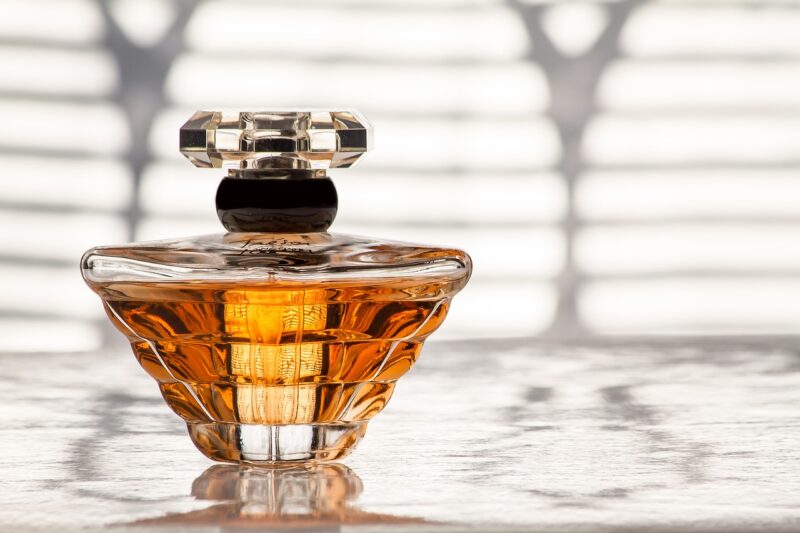
Perfume is more than just a fragrance; it encapsulates memories, emotions, and even cultural movements. Throughout history, certain scents have not only defined personal identity but also captured the essence of entire eras. From the opulence of the ancient world to the bold expressions of modernity, iconic perfumes portray stories that go beyond their scent. This article delves into some of the most historic and influential perfumes and how they have shaped the landscape of fragrance and culture.
1. Ancient Beginnings: The Scent of the Gods
The history of perfume dates back over 4,000 years to ancient civilizations, including Mesopotamia, Egypt, and the Indus Valley. Egyptians were the first to record perfume-making on papyrus, blending resins, herbs, and flowers to create divine fragrances for their gods.
One notable example is the perfume used in the ancient funerary rites of the Egyptian pharaohs. These sacred scents were believed to accompany the dead into the afterlife, signifying purity and protection. Notable ingredients included:
- Myrrh: A resin often associated with healing and used in incense.
- Frankincense: Another resin that became prevalent in religious ceremonies.
- Lotus flowers: Symbolic of rebirth and used for its enchanting aroma.
Fast forward to ancient Rome, where perfumes transitioned from strict religious practices to everyday indulgence, leading to a booming scent culture across the empire.
2. The Renaissance Era: A Rebirth of Scent
During the Renaissance, the art of perfumery experienced a substantial evolution. The Italian city of Florence became a hub for fragrance innovation, where artisans blended botanicals into exquisite scents.
One iconic fragrance from this era is Acqua di Firenze, recognized for its light, citrus-forward aromas. It was favored by nobility and symbolizes luxury and creativity—values that defined the Renaissance.
Similarly, in the 17th century, France began to take center stage. Catherine de’ Medici was instrumental in bringing Italian fragrance traditions to France, leading to the creation of the first perfume houses. Jules de Montal’s Renaissance perfumes would cater to royal courts, further embedding perfume into the social fabric.
3. The Birth of Modern Perfume: The 19th Century Revolution
As we entered the 19th century, technological advancements, including distillation and synthesis of ingredients, drastically changed how perfumes were created. This era saw the emergence of some of the most iconic fragrances that still resonate today.
A hallmark of this shift is Chanel No. 5. Launched by Coco Chanel in 1921, it revolutionized women’s fragrances with a complex blend of floral notes and aldehydes, redefining smell as a bold personal statement rather than just a cover for odors. Frida Kahlo and Marilyn Monroe famously adored the scent, solidifying its status as a cultural icon.
Furthermore, brands like Guerlain and Dior created fragrances that would encapsulate the spirit of their eras, such as the elegant Jicky by Guerlain or Miss Dior—a fragrance synonymous with femininity and class.
4. The Bold Choices of the 20th Century
The 1960s and 1970s heralded a time of significant social change and personal expression. Perfumes became an extension of individuality and a statement reflecting liberation.
The launch of Opium by Yves Saint Laurent in 1977 epitomized this boldness. With its Eastern floral notes and musky undertones, its incendiary marketing stirred controversy, while simultaneously resonating with a generation eager to break norms. Opium was likened to a potent elixir, offering escapism and sensuality in its wake.
Similarly, CK One launched in the early ‘90s, stood out as one of the first unisex fragrances, representing the shifting attitudes of gender roles in society. With fresh, citrusy notes, it captured the essence of youth, freedom, and androgyny, bridging divides and redefining what fragrance could mean.
5. Perfume in the 21st Century: Personalization and Sustainability
In today’s world, the perfume industry is experiencing another evolution, aiming towards personalization and sustainability. Millennials and Gen Z are increasingly seeking fragrances that reflect their values and personal stories.
Brands like Le Labo and Jo Malone offer consumers the chance to create custom scents, allowing individuals to blend fragrances that resonate with their unique experience. The trend toward eco-friendly ingredients and sustainable packaging reflects a significant cultural shift concerning consumer responsibilities towards the planet.
Additionally, genderless fragrances are booming, signaling a movement toward inclusivity. As brands break traditional norms, scents like Byredo’s Gypsy Water and Maison Margiela’s Replica line cater to a diverse audience, affirming that perfumes are indeed personal art forms.
Conclusion: The Lasting Significance of Iconic Perfumes
From their ancient beginnings to their modern evolution, perfumes offer more than aroma; they encapsulate an essence of cultural identity and personal expression. Each iconic fragrance tells a story—of its era, its creator, and its admirers—shaping the way we perceive the world through scent. Whether you wear a spritz of Chanel No. 5 or explore artisanal creations, remember that with every breath, you are partaking in a history that spans millennia.
Discovering a scent that resonates with you is akin to finding a piece of yourself. As culture evolves, so too will our scents—forever entwined in the fabric of human experience.






